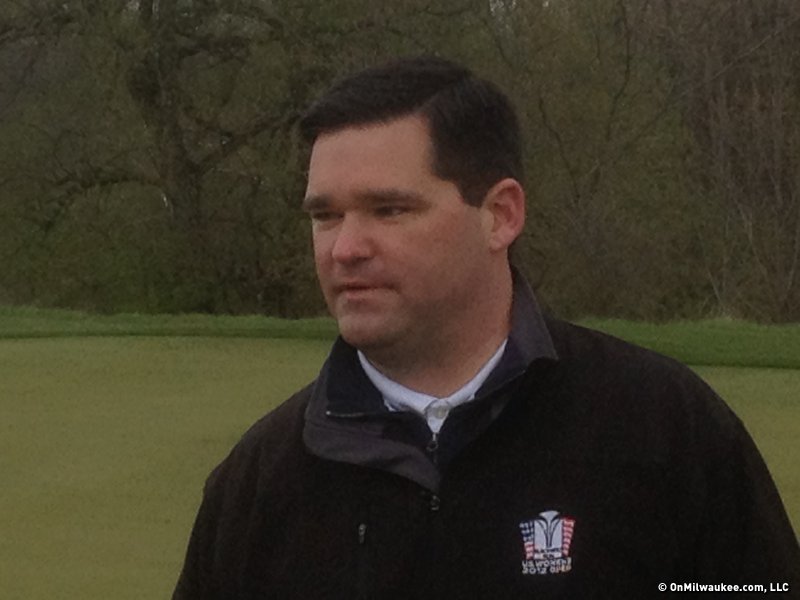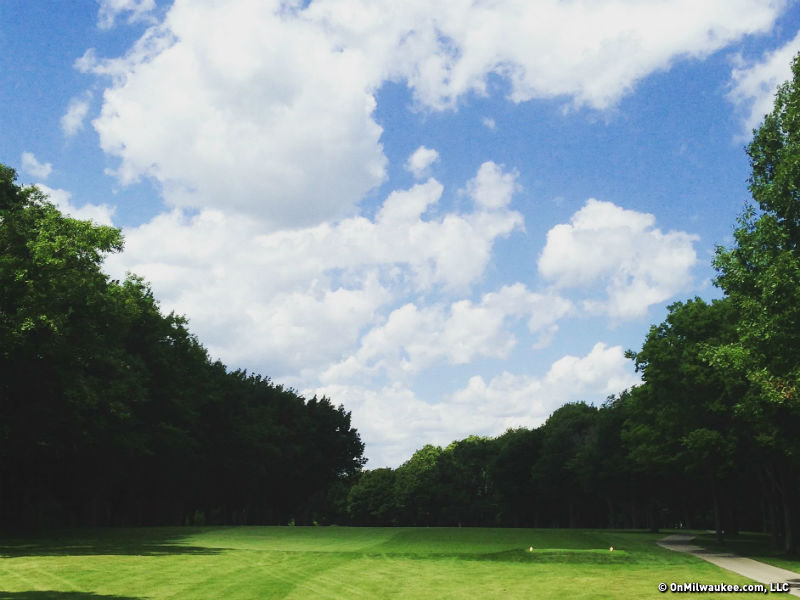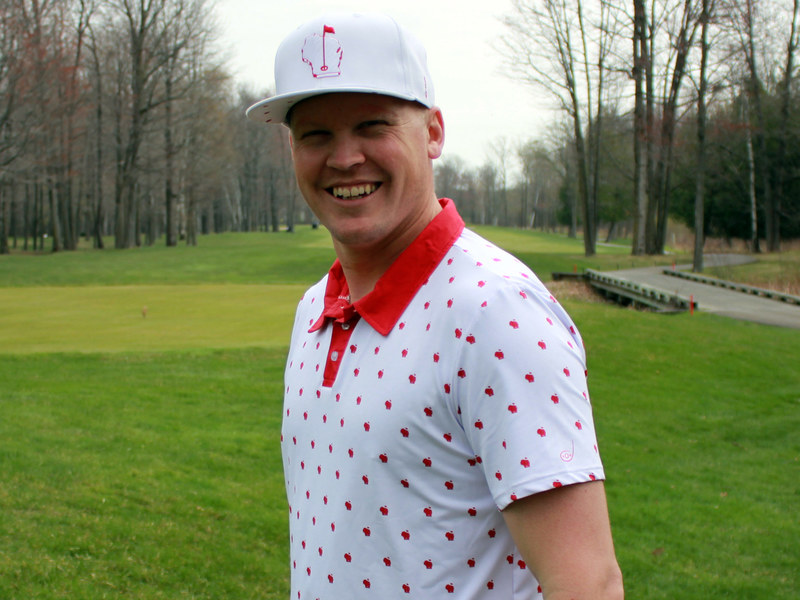KOHLER – A crisp, chilled wind whipped around what will be the 14th tee box at Blackwolf Run, or the fifth hole on the River Course in Kohler, forcing U.S. Women's Open director Ben Kimball to narrow his eyes as he stared down the water lined par 4.
From where he stood, it was 260 yards to a flag stick fighting feebly against the breeze, a hole that could play as a driveable par 4 during the tournament July 2-8, allowing a player to make a significant run up the leaderboard on the weekend of the major championship.
Or, with a slight push or pull, and it could spell the end of a dream.
"We'll have a lot of fun setting up this little snake though here, at 13, 14 and 15," Kimball said. "We can add some entertainment come Sunday."
The words "entertaining" and "U.S. Open" seem like a paradox in that it wasn't so long that watching it (and playing in it) was excruciating, with wrist-spraining rough and mind-busting green speeds, but things have been changing with the way the United States Golf Association sets up its championship courses the last few years.
The evolution of the men's U.S. Open under the direction of current executive director Mike Davis has been significant and widely lauded, and those policies have carried over to the Women's Open.
During a tour of the course on an overcast morning Thursday, Kimball explained how the women will benefit from graduated cuts of rough and tightly mown fairways.
The primary goal of the USGA remains identifying the best player in the world and not necessarily entertaining everyone watching in the galleries or at home, but as Kimball said: "We could make it impossible if we wanted to make it impossible, but we need it to make sense."
"There's a balance in there that we can find and I think it's nice to know in the holes ahead, with people watching at home, there's an opportunity to see some movement (on the leaderboard)," Kimball added. "When I say the 'entertainment' side of it, it's not only necessarily on Sunday – it's on Saturday as well when it's moving day. We'll take all those examples that I mentioned and we'll balance them out over the four days so that it keeps it interesting for everybody involved."
To that end, the focus is on not only challenging the physical capabilities of the players with length and depth of rough, but their concentration and course management skills.
"There's something to be said for mentally challenging the players, too, by moving some things around, giving them some different looks off tees, shortening some holes and (lengthening) some holes and just really trying to find a better balance makes it look and feel a lot different than it had the previous years," Kimball said.
He then looked back up the hill to the tee of the 602-yard 16th hole, a par 5 that Kimball said in a past USGA lifetime, the players would have to play to that length regardless of wind and conditions.
"We're paying a lot more attention to everything that's going on - not that it wasn't done before - but (we have) just a little more attention to detail and (are) continuing to tighten the screws," Kimball said. "That's why the USGA was created so long ago, was to conduct our national championships and we have to be excellent in doing that. So, every now and then if it requires us to take a step back and re-evaluate how we do it, well, here we are."
The characteristics of Pete Dye's design at Blackwolf Run have aided the USGA in that regard as well. As a modern course that opened 1988, multiple tee boxes and setup flexibility was built in – long before it ever would host a tournament.
After noting that the 16th could play four different ways over four days, Kimball concluded that "Here at Blackwolf, with so many different teeing grounds, with the way Mr. Dye originally designed it, it gives us the opportunity in good conditions or in bad to move things around as needed in order to try and identify a national champion."
Without out a doubt it will, in a most entertaining fashion.
Jim Owczarski is an award-winning sports journalist and comes to Milwaukee by way of the Chicago Sun-Times Media Network.
A three-year Wisconsin resident who has considered Milwaukee a second home for the better part of seven years, he brings to the market experience covering nearly all major and college sports.
To this point in his career, he has been awarded six national Associated Press Sports Editors awards for investigative reporting, feature writing, breaking news and projects. He is also a four-time nominee for the prestigious Peter J. Lisagor Awards for Exemplary Journalism, presented by the Chicago Headline Club, and is a two-time winner for Best Sports Story. He has also won numerous other Illinois Press Association, Illinois Associated Press and Northern Illinois Newspaper Association awards.
Jim's career started in earnest as a North Central College (Naperville, Ill.) senior in 2002 when he received a Richter Fellowship to cover the Chicago White Sox in spring training. He was hired by the Naperville Sun in 2003 and moved on to the Aurora Beacon News in 2007 before joining OnMilwaukee.com.
In that time, he has covered the events, news and personalities that make up the PGA Tour, LPGA Tour, Major League Baseball, the National Football League, the National Hockey League, NCAA football, baseball and men's and women's basketball as well as boxing, mixed martial arts and various U.S. Olympic teams.
Golf aficionados who venture into Illinois have also read Jim in GOLF Chicago Magazine as well as the Chicago District Golfer and Illinois Golfer magazines.







